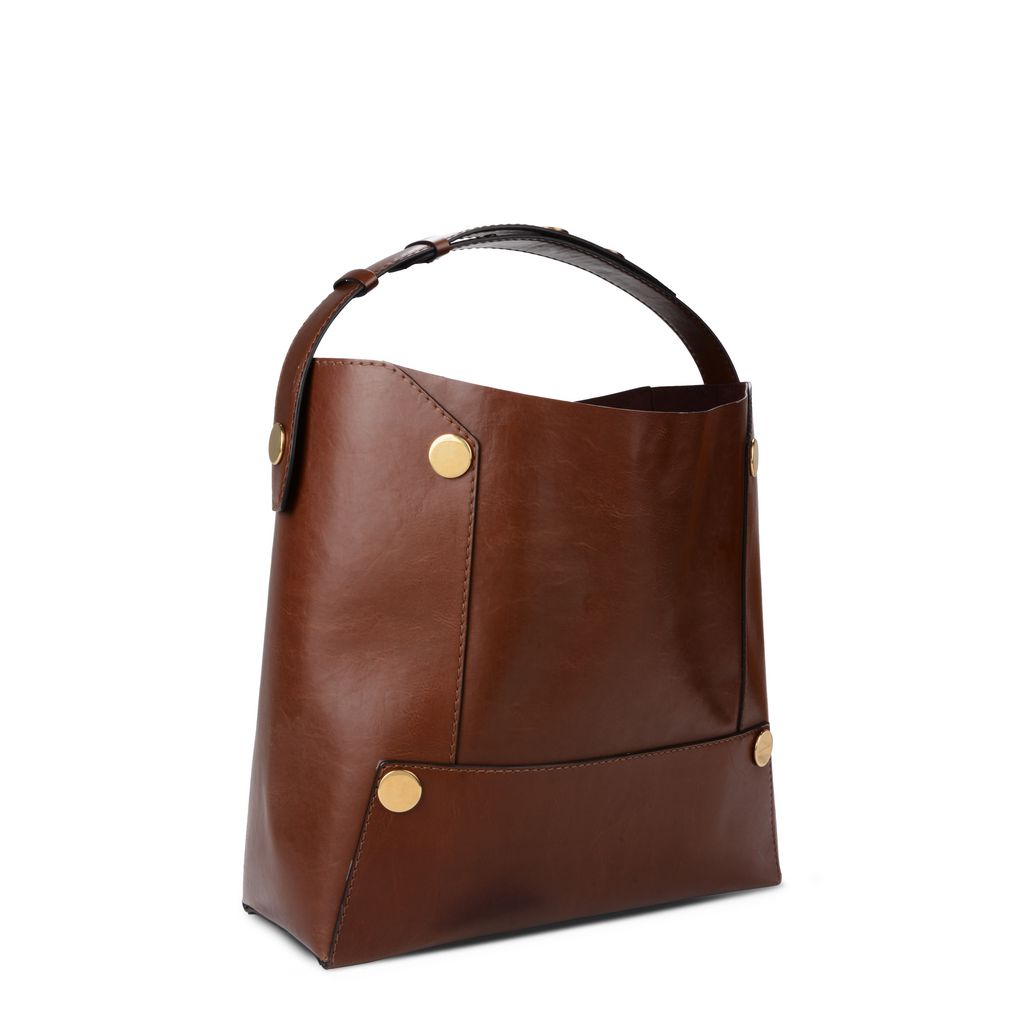
Have you ever popped onto the Internet to search for an ethical, cruelty-free product only to find that everything available was way out of your price range? I’m talking $1,000+ Stella McCartney vegan handbags and $500 ethical lingerie. Or even “natural” lipsticks that cost more than your monthly phone bill and animal-friendly shoes that wouldn’t be worth the amount of wear you’d get from them before they fell apart.

Stella McCartney vegan leather purse–$1,585
The problem here isn’t simply that these products exist (at such an inflated price), but that many well-intentioned environmentalists recommend expensive purchases as the antidote for the environmental damage brought on by consumerism.
“You vote with your dollars” is a phrase thrown around loosely in consciously-minded communities. You hear vegans using this as an excuse to buy pricey, faux-leather boots and dine at upscale, health food cafes. Their thought is to buy better but not necessarily less, or for less money.

There is a $48 beauty and wellness tasting menu handpicked by the chef at Jean-Georges’s ABCV in Manhattan.
And while their reasoning may be valid to an extent, as demand does influence the market, there is also the reality that this is an approach driven by capitalism (i.e. an exploitative, exclusive, and often corrupt system). Yes–in theory, some companies are “better” and “holier” than others. They use organic resources and source materials from within a small proximity and pay their employees fair wages, and that is great. And there are definitely costs associated with running a morally-focused company that don’t exist in other types of production.
BUT, we cannot fail to acknowledge that buying name-brand, fair-trade, locally crafted goods is a privilege. At the best of times, the products cost more because they require more initial capital to make, and at the worst, they are so expensive because they are targeting a market who is likely to spend more on a purchase they think they can feel good about.
You may have noticed that most of the people romping around in $400 Rombaut trainers to spread the good word of “ethical consumption” are people who come from backgrounds of limited racial and social diversity. Yet in their minds, it seems, everyone can afford to drop hundreds or thousands on a quality product and if they don’t, then they’re living selfishly or unethically. To some, conscious consumption is the end-all-be-all, and an easy response to the nearly unavoidable issue of how, what, and where to buy.
The next topic of discussion, however, is how to grapple with ethics of the products we buy if spending our life savings on a non-essential isn’t an option.
I wouldn’t propose turning to fast fashion for a second–I think the impacts are far worse than the damage brought on by the privileged liberal elite and their consumerist agenda. But I do cherish the fact that I have found other ways to combat consumerism and its associated harm in my life, and that I do sometimes meet others on a similar path. Who appreciate the fact that eco-friendly shopping options exist, but also that they are not accessible for everyone.
In a perfect world, bloggers and social/environmental activists alike would be offering up alternatives like second-hand shopping as a means of limiting consumption and over-production. They would show their peers how rewarding it can be to find a vintage gem amongst masses or previously-owned items, or to buy a coat for $40 that would cost ten times as much new, or one that’s quality is superior to anything available in stores nowadays.
They would reference the early inhabitants of the land who made their own soaps and makeups and paints and dyes from naturally found ingredients. Not to then turn around and sell them on Etsy or hit a niche market, but because it was the practical, ethical, resourceful thing to do.
Again, even making your own products can be a privilege. It works under the assumption that someone has the time and ability to do so. But it is a substitute for more frivolous means of acquiring goods–and the more substitutes we can provide, the better.
There are times when we might have to go to Walmart to buy underwear because we don’t want to wear undergarments passed on from someone else, and more sustainable underwear is really expensive, and Walmart is right down the street whereas a slightly costlier but slightly more acceptable store is a drive or a bus or a train away, and we shouldn’t have to justify this decision or fall into shame because of it.
If we all just do what we can, focus on our own actions, and recognize that everyone has different standards of living and spending, then we can distinguish between the “better” and the “best.” We can accept that our interpretations of each are different than someone else’s, that consumption and ethicality are not so black and white–just because someone doesn’t do something one way, or live how you would choose to live, doesn’t mean they are wrong or bad or lesser-than.
I will admit that I can enjoy a good online browse. I have an appreciation of quality and aesthetic. Yet I also love a good flea market shop or dumpster dive. I know my monetary limitations, and I never want to impose those on others or have them imposed onto me. So I leave you with my plea for inclusivity–to stop acting like everyone has the means to live an idealistic, eco-conscious, Instagram-approved lifestyle and to cater to the large population of people who want and need alternatives.
Also by Quincy: 4 Media Stars Who Are Changing The Body Positivity Talk (We’re All Ears)
Here’s How “Creative Sex” Will Obliterate You (In The Best Way Possible)
Related: How Paris Turned Me On To Minimalism & 4 Ways to Do It Anywhere
Get more like this—Subscribe to our daily inspirational newsletter for exclusive content!
__
Photo: Pexels, Stella McCartney, ABC Kitchen




